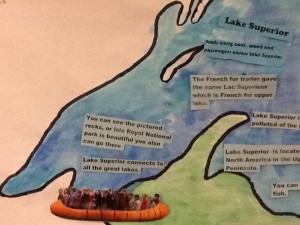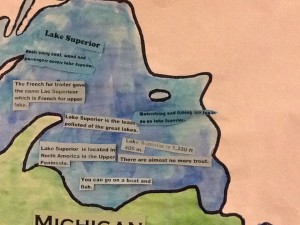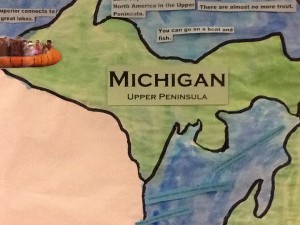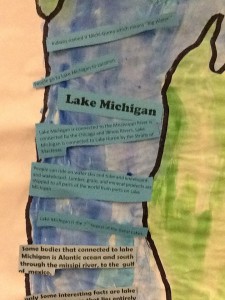365 Lessons
(Critical Thinking About What The World Is Teaching Me Every Day)
#9 Taking An Emotions Inventory
[Lesson Break Down]
The world is filled with people and people are filled with emotions. As we move around in our daily lives we are exposed to those emotions in many ways. The transfer of energy from exposure and communication can be very powerful. Exercising compassion through empathy is a wonderful way to connect and build relationships. However, it seems that compassionate people can reach a critical point at which they have trouble distinguishing their emotions from the emotions of those that they are empathizing with.
Lots of stuff happens in any given day. So much stuff in fact that sometimes days blend together. Do you ever find yourself thinking about something you did or saw and puzzling over whether it happened this morning or yesterday? We live busy lives! This morning I woke up at 5am and went to the gym. One of the guys I see there regularly told me that his friend had recently passed away. I listened and tried to stay positive. I contemplated human fragility and how fortunate I am to be healthy during my workout. After the gym I went to work for a while at a coffee shop near my house so that I would swing through and say good morning to my wife and my sons before heading off to work. A man and a woman were sitting next to me talking about how someone they new was just fired from her job…not to mention, “she deserved it.”
When I got home one of my sons was in a time out for shouting. Needless to say he was still shouting and crocodile tears were running down his face. The other son was rubbing cheesy scrambled eggs into his hair and feeding pancakes to the dogs. My wife was managing it all while getting everyone ready for school (I don’t know how she does it). I spent a few moments with each family member then walked out the door with my little guy calling, “daddy…daddy!” and trying to pull me back in by the hem on my overcoat. I would have liked to stay and play but I had to go to work. Talk about pulling on heartstrings.
Once at work there was a bit of this and a bit of that. I work with a variety of incredible people all day long. Collaboratively we have successes and failures, we share stories with one another, and we rely on each other for support in making sure that the students in our community are receiving the highest quality education that we can possibly provide. We are constantly putting reasonable pressure on ourselves to learn, grow, and improve. I had several meetings, planning sessions, and developmental brainstorms. I wrote and replied to dozens of e-mails, I made several more appointments for upcoming days and weeks, I shot and edited some video footage, I learned some cool new things about blogs and interactive software, and I drank a really good cup of tea. There was more, but you get the point.
Taken alone, nothing that I did today put any kind of terrible strain on me. It’s going on 6pm right now and as a whole I feel really good. I’m getting ready to go home, eat, play, read books, and sing my kids to sleep before I spend an hour or so talking to my wife. We’ll both pass out pretty quickly after that. The days will continue and we will continue to be happy and thankful. However, every once in a while all the stuff I referenced (and some that I didn’t) piles up in a way that makes it challenging to sort out.
This morning I heard an interview in which a medical anthropologist was talking about something called “compassion fatigue” as it relates to something called “empathy over arousal.” I don’t really know what either of those things means but hearing the interview got me thinking. I think that it’s really important for people to check in with themselves every now and again. Take inventory of which emotions belong to whom. Teachers are notorious for taking on the emotional strain of the people they work with and serve. I’ve been working hard to reflect on my days through this blog and so far it seems like a good way to process my learning. You might work out, draw, cook, sculpt, whistle, or even whittle. I’m guessing that it doesn’t really matter. Today I gave a lot of thought to the idea that what does matter is that when I am effective in sorting out and even shedding the stresses of each day I seem to be exponentially more effective at processing, learning, growing, and renewing my ability to exercise compassion than I would otherwise be. Who knows? I’m off to play!







